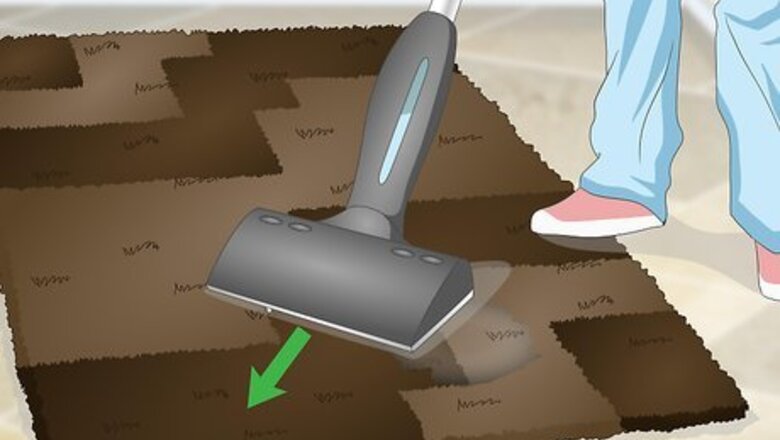
views
Spot Cleaning Your Carpet or Rug
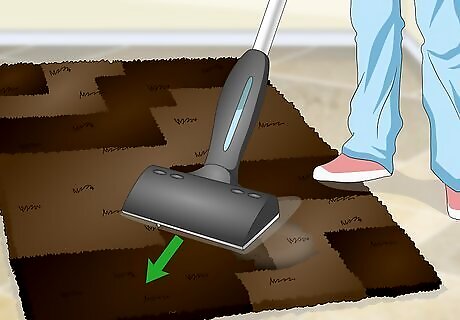
Vacuum your carpet or rug. Run a vacuum cleaner over your carpet several times, making sure you don't leave anything behind. Work slowly rather than sweeping the floor in fast strokes. For smaller rugs, you can use a rug beater or even a wooden spoon to knock the dust and debris out.
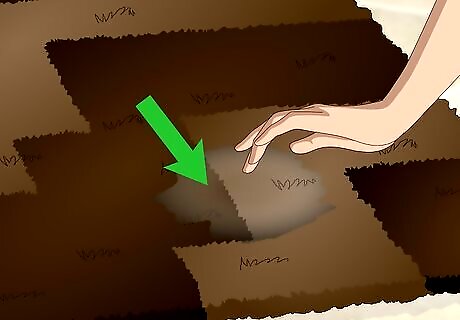
Examine your carpet or rug for dull patches. Sometimes color fades unevenly and you may be able to bring your carpet or rug back to life by identifying and cleaning grimy patches.
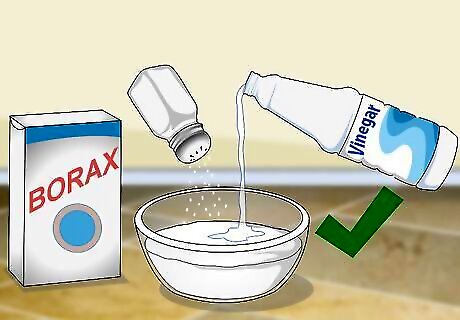
Mix ¼ cup each of salt, white vinegar, and Borax in a bowl to form a paste. The paste should be the consistency of moderately thick oatmeal.
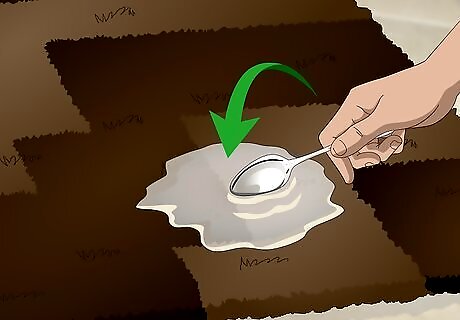
Spread the stain removal mixture over any stains you find. Use a spoon or even a butter knife to spread the mixture. Be sure to cover the entire stain.
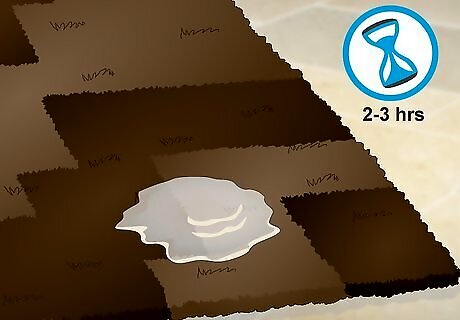
Allow the mixture to sit for 2 to 3 hours. This ensures the chemicals have time to break apart the stains. Let the mixture dry naturally.
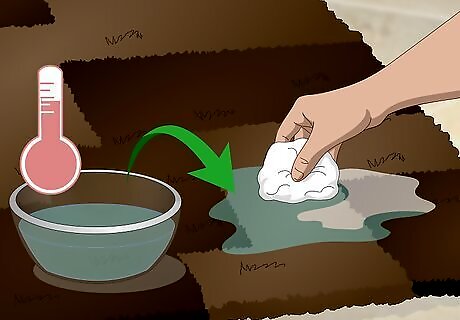
Remove the mixture using a cloth and warm water. Use a gentle scrubbing motion in all directions until you've completely removed the mixture.
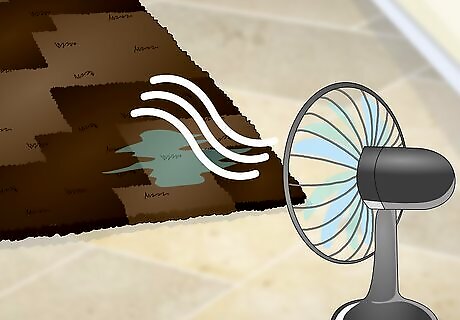
Dry your carpet or rug thoroughly. Drying time for carpets generally take 5 to 24 hours, depending on how thick the carpet is and what method you use to dry it. To speed up the process, use a fan to dry larger rooms or turn on the heat in your house. Allowing a carpet to dry naturally takes longer. Once your carpet dries, you'll see any stains you've overlooked.
Cleaning Your Carpet or Rug with Salt
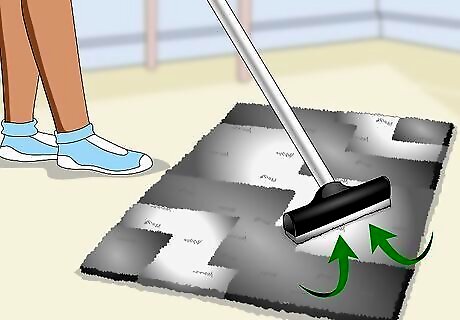
Vacuum carpets and rugs to remove dust and debris. Dust and other debris are one of the leading culprits when it comes to making your carpets and rugs look dull. You'll be surprised by the difference you can see in vibrancy simply by using a good vacuum cleaner. Take your time when you vacuum and vary the direction to ensure you get everything up before you continue cleaning.
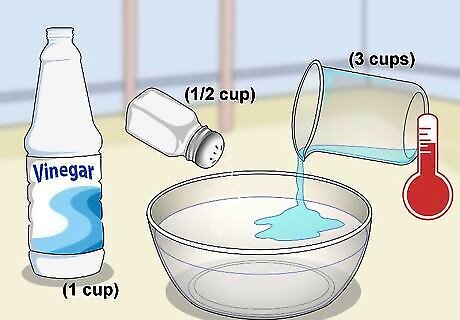
Mix 1 cup of white vinegar and ½ cup of salt with 3 cups of hot water. Dampen a sponge and apply the solution to your carpet or rug. It isn't necessary to soak the sponge.
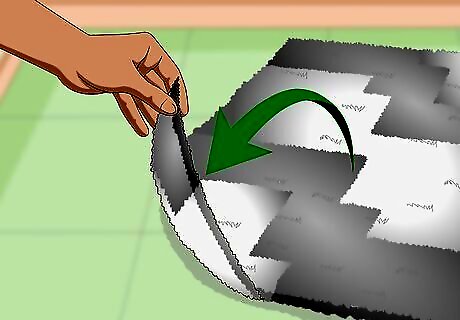
Lay your rug on a flat, solid surface. Carpets are already secured, but rugs can be harder to keep still during the cleaning process. Placing your small and mid-size rugs on a flat, solid surface lets you keep a better grip on the rug as you scrub it.
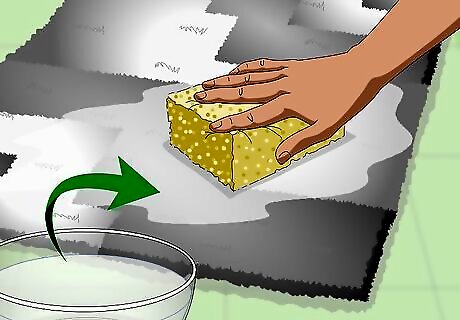
Wipe the vinegar, salt, and hot water solution over your rug with a dampened sponge. Use a steam cleaner to apply the solution to larger areas.Try to avoid soaking your carpet down to the backing by applying it to the fibers only.
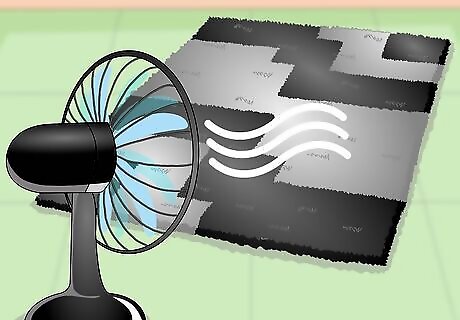
Dry your carpet or rug with a fan or allow it to dry naturally. The time it takes to dry a carpet or rug depends on the method you choose and the thickness of the pile. It could be anywhere from half an hour to two hours. If you have thicker carpets or rugs, allow more time for drying, and always check to see if the carpet is dry all the way to the base of the fibers.
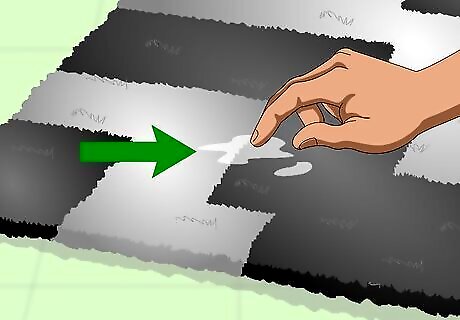
Look for any spots you missed. Your revived carpet will look great. Any spots you missed will be easy to see, and if need be, you can revisit those areas and repeat the process specifically for those areas you overlooked.
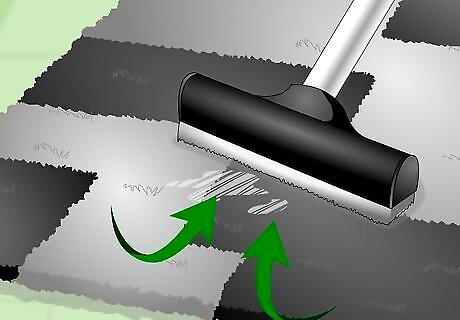
Vacuum your carpet one more time. This removes any dirt and debris left behind and helps pull the revived color out.
Dyeing Your Carpet or Rug
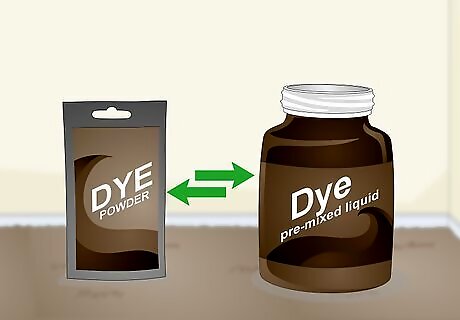
Decide on the type of dye you want to use. There are pre-mixed liquid dyes and powdered dyes available. If you want to be very specific about the shade of color you use, use powdered dye. The powder mixes with water and lets you control the intensity of the color.
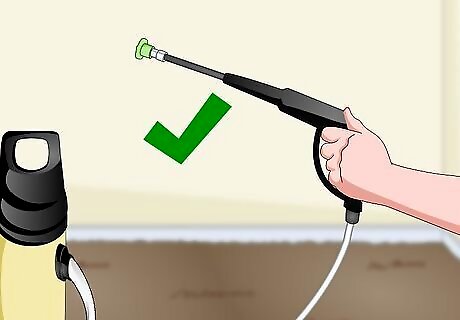
Choose your dye application method. You can use a dye machine, spray wand, or airbrush to dye carpets and rugs. These can be rented at many hardware stores. A spray wand or airbrush system works well for small carpets, while a dye machine makes it easier and faster to effectively dye large carpet areas.
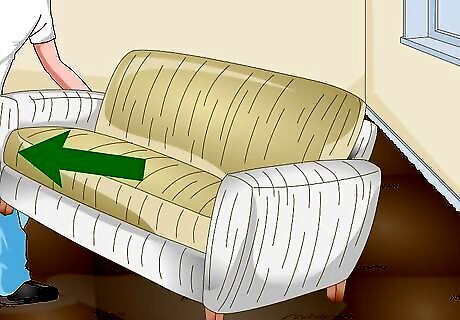
Remove the furniture from the room where you want to dye the carpet. If you're dying a smaller rug, you can take the rug outside and avoid making a mess in your house.
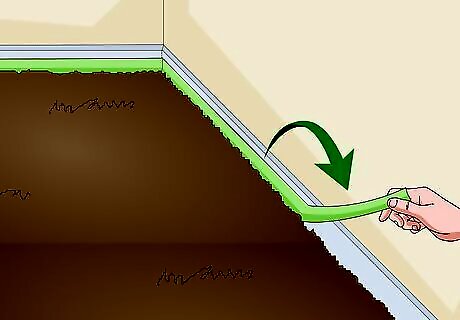
Place painter's tape around the baseboards to avoid getting dye on them. If you don't use tape, be sure to rub mineral oil on the baseboards to make it easier to remove any dye that may splash up during the dye process.
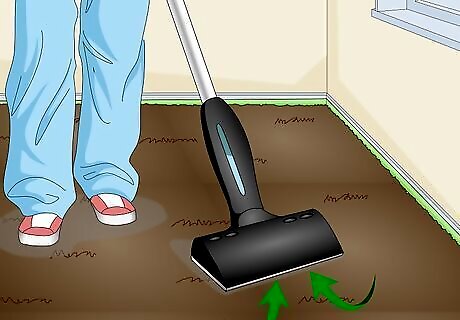
Vacuum your carpet or rug thoroughly. This is important because any dirt or debris can cause the dye not to take hold or will cause it to appear uneven.
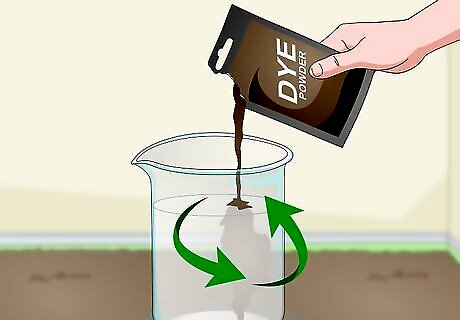
Mix dye according to package instructions. Pre-mixed dye is ready to go, but powdered dye needs to be mixed with water. Use the mixing instructions on the package as a guide, but realize the advantage of powdered dye is your ability to use more or less, depending on the intensity of color you're looking for.
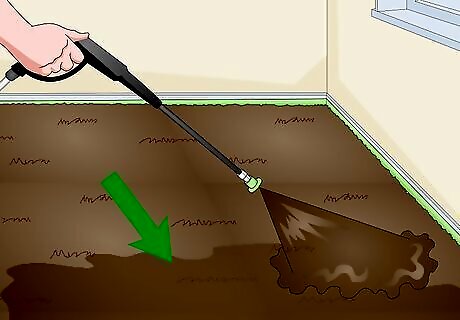
Apply dye to your carpet or rug. Take your time and apply the dye slowly and evenly over the carpet or rug. Try to avoid going over any area more than once or you'll have some spots that are darker than others.
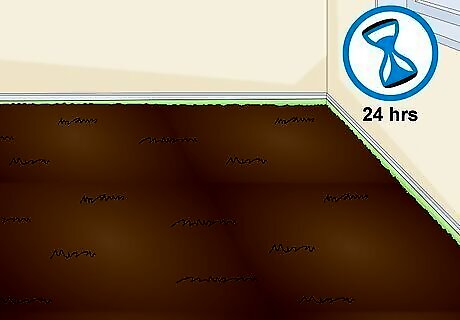
Allow your newly dyed carpet or rug to dry for 24 hours. This will ensure your dye has had plenty of time to set.
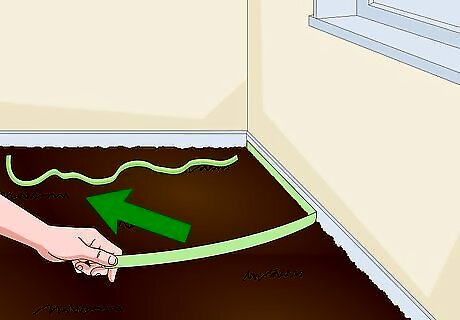
Remove the painter's tape from baseboards. Check for any stray dye that needs to be cleaned, then bring your furniture back into the room.
















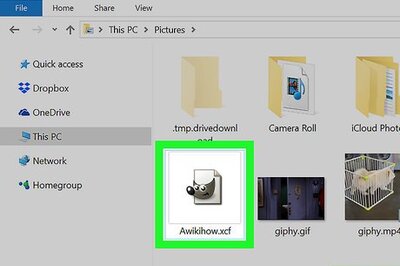

Comments
0 comment